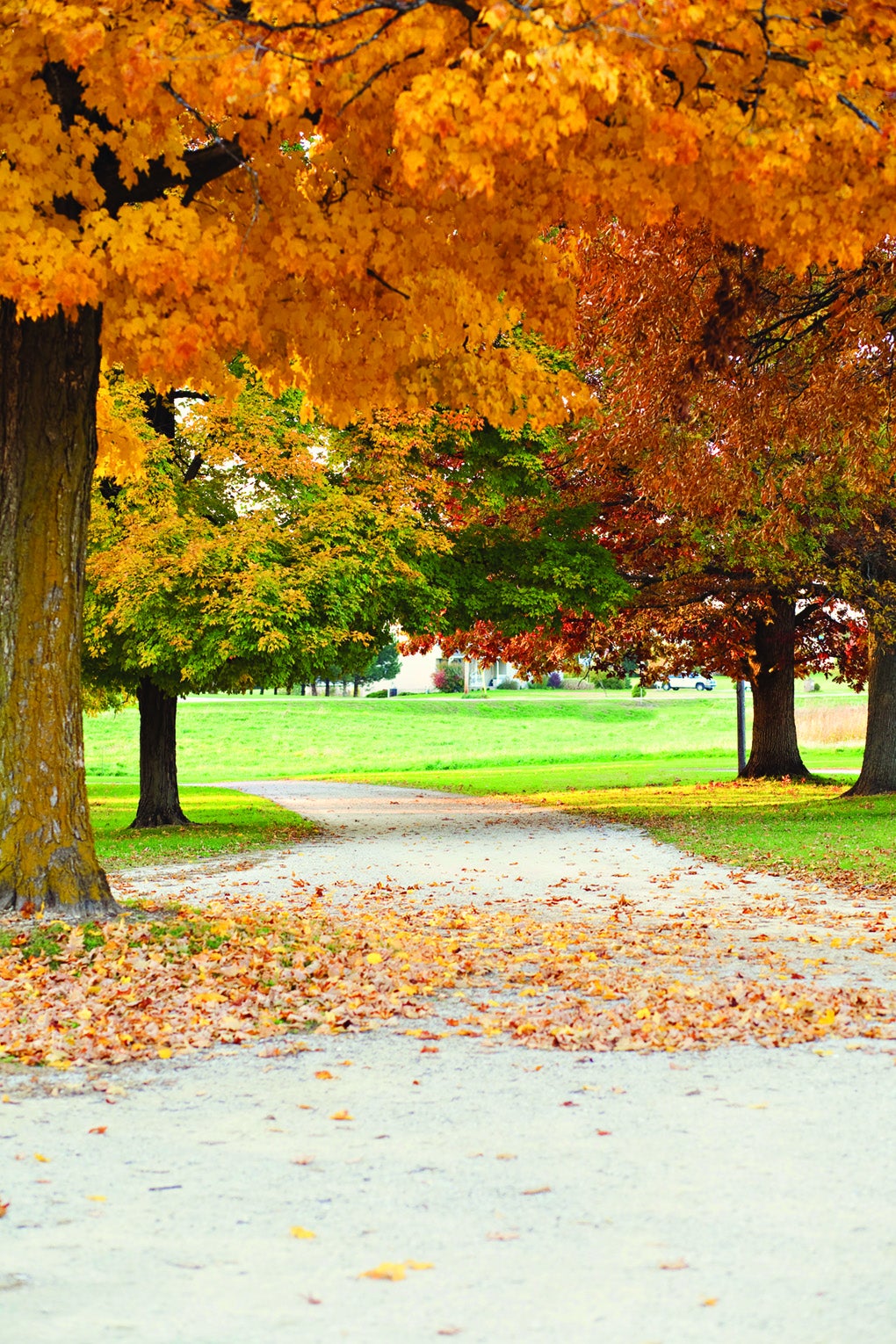Falling leaves in Winter: To rake or not?
Published 12:00 am Wednesday, December 29, 2021
|
Getting your Trinity Audio player ready...
|
Hello fellow gardeners, and I hope you had a Merry Christmas! Today I’m standing at the kitchen sink and beside me sits a steaming cup of coffee, as I peer outside the window mesmerized, once again witness to another dreary, damp overcast day. Through the kitchen window I’m watching an abundance of leaves free-fall, suddenly whisked away at breakneck speed by an invisible force, driven without cause to the yard’s perimeter. Mounds of crisp and damp, multicolored dunes carelessly undulating with each passing breath of winter. Deciduous trees lose their leaves in the fall/winter. This week I’m writing about two schools of thought – to rake leaves or not?
Why Utilize Fallen Leaves:
Removing fallen leaves from the base of the tree canopy where they typically mound may inhibit many microorganisms, insects and small animals which are beneficial to the environment. Raking, removing and composting leaves may destroy the habitat of many small animals which require the cover of the leaves in the winter. Working with nature and the ecosystem, you are being a steward of the land while also improving the lawn. Allowing the leaves to remain in place will provide a healthier beneficial insect and animal population in the spring.
Below is list of a few of the beneficial animals which removing leaves may displace:
- Frogs, Toads, Newts, Salamanders and other amphibians
- Snails and Slugs
- Crickets, Beetles, Millipedes, Centipedes and other insects
- Field Mice
- Box Turtles
- Snakes
- Spiders and other arachnids
- Moths and butterfly pupae
- Worms and other soil aerators
- Bacteria and Soil-improving microorganisms
- fungi and as well as needed healthy bacteria
Healthy insect populations require leaf litter in winter. These insect populations also feed birds and predatory insects. Allowing leaves to winter in place will form natural fertilizer improving your soil over time, while suppressing weeds thus saving you effort and the cost of bagging.
What to do instead of discarding fallen leaves:
- Place raked leaves on the perimeter of the lawn
- Rake leaves and place them over garden beds as mulch or protection
- Use a mower with a mulching blade to make leaves smaller pieces
- Place raked leaves around base of shrubs and trees
Removing fallen leaves:
There is a good reason behind raking leaves, and it has to do with lawn health as well as aesthetics, a tidy-looking lawn. Some of you may have heard the following warnings about allowing leaves to stay on top of your lawn:
- The lawn will be smothered if a thick layer of leaves is left on top of it
- A leaf layer will invite pests, disease, or other serious issue like brown patch.
- A leaf layer forms a barrier blocking water, nutrients and air flow from getting to the root system of your lawn
- Wet leaves form a mat, which can keep new grass blades from emerging in spring.
Don’t use your rake; use your lawn mower on the mulch setting. You’ve probably already been doing some mulching mowing since fall but if you have not then go-ahead and start now with your blades set high to lightly mulch the leaves. Then in a couple of weeks, lower the blades some and mulch again. As you are doing this you are providing food for those small animals that I listed above. Please do not use a blower! You end up blowing leaves and the small animals away which robs the soil of nature’s greatest resource – rich, natural compost from decomposing leaf litter.
John Green is part of Orange County Master Gardeners in Texas. For more information or to have your gardening questions answered please email extension@co.orange.tx.us or call 409-882-7010.





